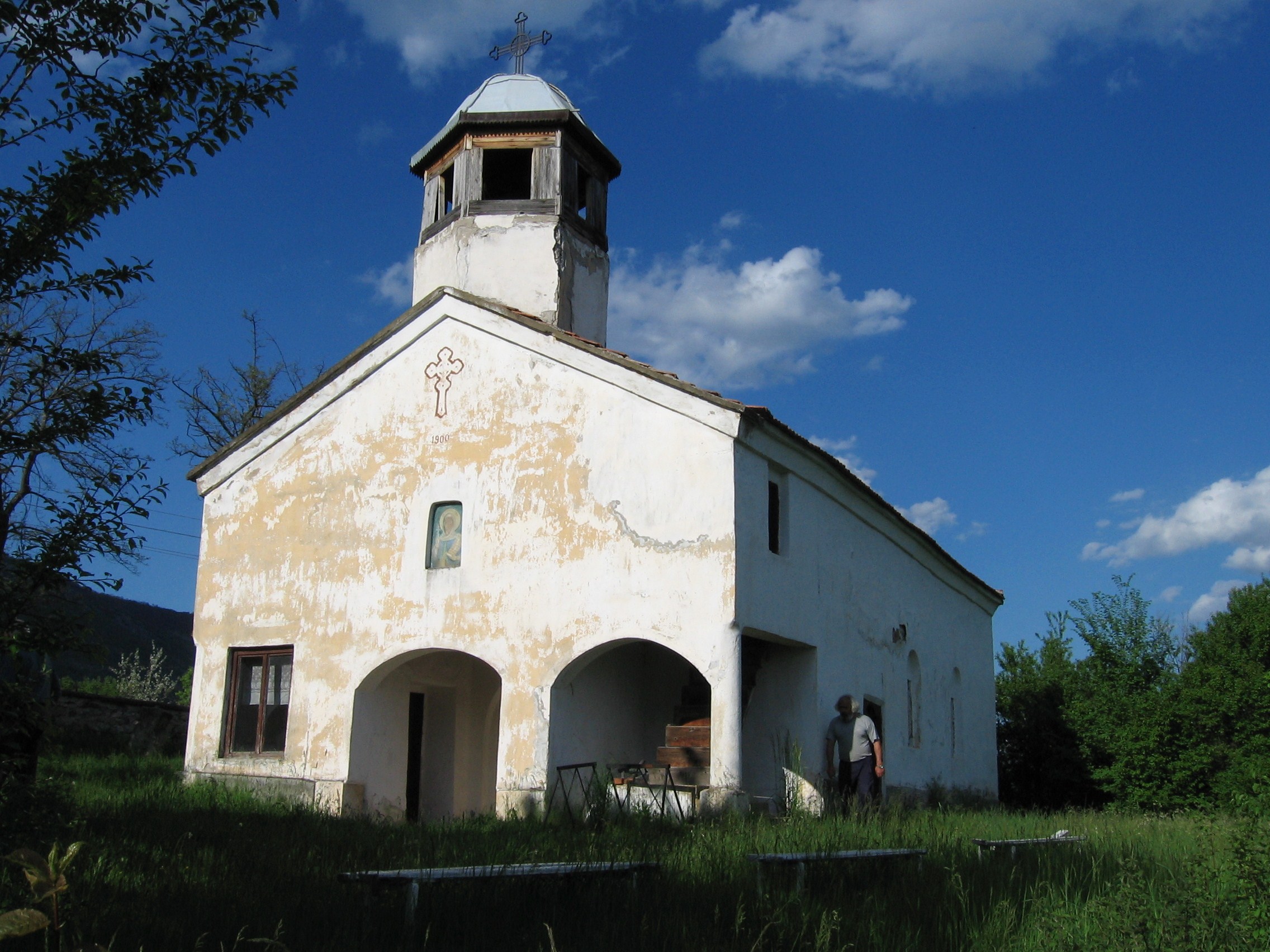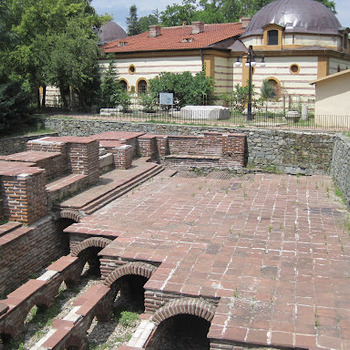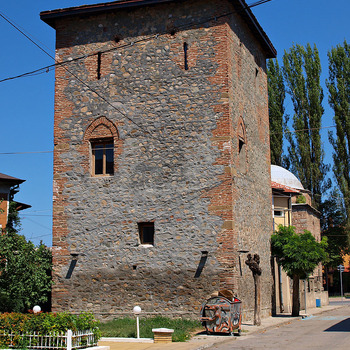The late medieval church "St. Petka" in the village of Tavalichevo
Overview
The late medieval church of St. Petka (St. Paraskeva) is located near the center of the village of Tavalichevo in Kyustendil. Most likely the ancient church "St. Petka ”was built during the Ottoman slavery in the period XVI-XVII century. It served as a village temple of the medieval Tavalichevo, recorded in Turkish documents as Tavalich. There are other opinions about the dating of the temple. According to the "Encyclopedia of Western Bulgaria" (published by BAS, 1961), it was built in the 14th century, before the conquest of Bulgaria by the Ottomans. Proponents of the latter view are based on the fact that the church is not very low and a small part of it is dug into the ground, which contradicts the Christian temple construction during the Ottoman period. But this argument is not sufficiently substantiated for a definite conclusion. The answer to the question can be given only after a precise dating of the frescoes and archeological research of the terrain in and around the church building. In the old chronicle of the temple there is a legend that tells that in the early years of Ottoman slavery, under the Sultan of Constantinople, a Bulgarian from Tavalichevo held a high position, who out of devotion to his homeland asked the village to have the status of protection. - its inhabitants to have tax obligations on an equal footing with Muslims, to be able to freely profess their Christian faith and to be protected from the encroachments of the Turks. This special status was confirmed by a special document - Irade, written in Arabic. The grandfather of priest Stefan, as well as the grandfathers of previous village priests - priest Stoyan and priest Stoil - remembered its existence. The memory is preserved that during these dark times of slavery, the population from the surrounding villages used to go to church and donate money in the church. In terms of architecture, the ancient church "St. Petka ”is a small, single-apse church with two choirs and an internal size of 6.35 x 3 m. The building is dug into the ground, so that a new one on its floor is two steps lower than the outer level. The vault is semi-cylindrical and the outside is covered with a gabled roof with tiles. The apse and both roosters are also covered with tiles, separately. The interior of the church is illuminated by three narrow windows. The construction of the building is made of quarry stones and stone blocks (sandstone), welded with mortar. In the past, the entire interior of the church was painted. Until recently, most of the medieval frescoes were the plaster applied during the reconstruction of the temple in the early twentieth century. Years ago the frescoes were studied, samples were made - drilling, but their restoration was never started. Left partially uncovered, the valuable murals - works of Bulgarian medieval monumental art - have been crumbling for 33 years. Today - the summer of 2013, they are undergoing conservation and restoration and we will soon be able to see them in all their splendor and beauty.
Recommended
- Holy place "St. Elijah" in the village of Tavalichevo
- Holy place "Meeting of the God" in the village of Tavalichevo
- Chapel of the Nativity of the Virgin
- Valogo Dam


 Bulgarian
Bulgarian Romanian
Romanian


